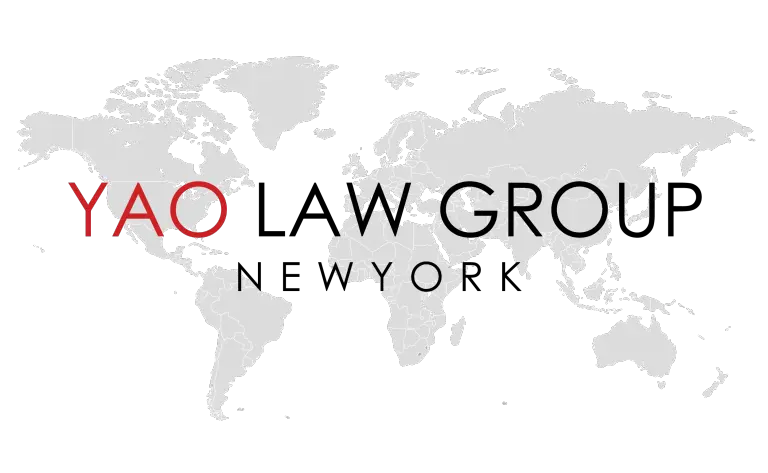The O-1 visa is a professional work visa, not a volunteer visa. This means that you must include proof of your future work in the United States, including how much you will be making.
Form I-129 includes a section that asks for your proposed salary in your future employment. It is important to note that when citing the requirements for the I-129, Congress made it clear that the future employment should not be speculative.
The high salary criterion is one of the six ways to meet the minimum requirements.
There are many ways to meet the high salary requirement. First, it is important to understand that it refers to your projected salary and/or your past salary. For example, if one was an architect in their home country and they had a high salary for someone living in that country but it seems low in the United States, it is important to provide evidence that this salary was exceptionally high.
You need a detailed CV
This is why your CV needs to be as detailed as possible, including your past salaries with your past employment experiences.
Unlike other employment-based visa applications, there is no minimum salary for the artist’s visa.
However, it is important that you are making a livable salary for where you are applying. For example, if you would be making $10,000 a year in your future employment and are planning to file in New York City, the immigration officer may doubt the thoroughness of your petition as $10,000 is not a livable salary in New York City.
You want to be able to prove to the immigration officer that you will be able to sustain yourself during your stay in the United States. Furthermore, the more you make will validate that you are a successful and extraordinary individual in your field.
To recap:
- The high salary criterion refers to your projected work and your past salary;
- The high salary is one of six criterion;
- And there is no minimum salary requirement for the artist visa;


